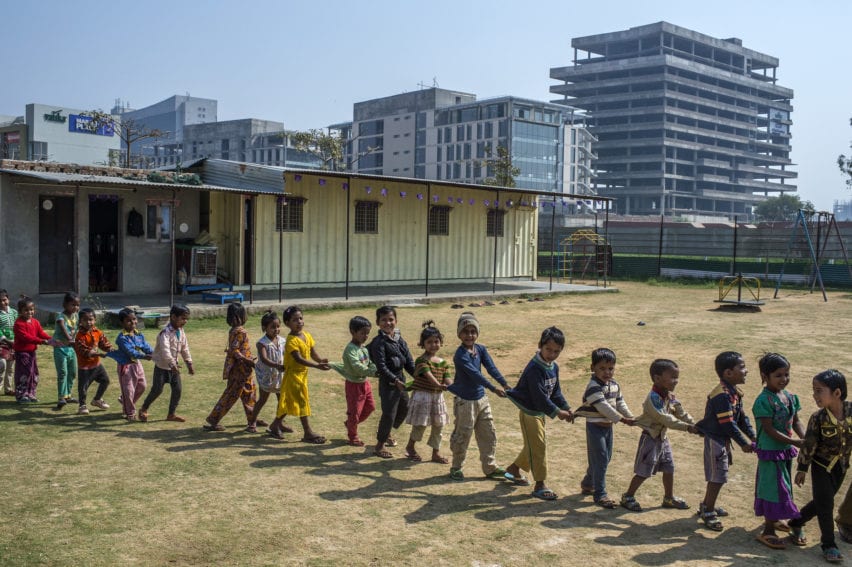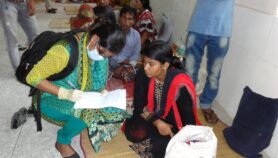04/03/21
Birth spacing can prevent stunting in children

By: Sanjeet Bagcchi
Send to a friend
The details you provide on this page will not be used to send unsolicited email, and will not be sold to a 3rd party. See privacy policy.
[NEW DELHI] Having children at least three years apart can help prevent stunting in children, says a study carried out in India.
The study, based on data of 223,662 children aged under five in India’s National Family Health Survey-4 (NFHS-4), carried out during 2015—2016, shows that firstborn children were typically taller than later-born children when the time interval between the births was less than three years. But if the time interval between the births was three years or more, then firstborn children have no height advantage.
“[We] show that later-born children lag behind firstborns in stunting outcomes,” researchers wrote in a paper, published late February in Proceedings of the National Academy of Sciences, adding that: “India’s family planning interventions have largely focused on reducing the total fertility rate with less attention given to length of birth spacing between children.”
Of the 141 million under-five children reported as stunted in 2020, almost half (69 million) were from South Asia, with 90 per cent of them in India, according to the study.
Prabhu Pingali, director of the Tata-Cornell Institute for Agriculture and Nutrition (TCI), US, which carried out the study, says stunting — measured by comparing average child height against that in a healthy reference population — is an important marker of chronic undernutrition, especially in developing countries.
According to the researchers, children with stunting are prone to various childhood diseases and have significant risk for deficits in later life with respect to cognitive and intellectual abilities; they face problems around schooling, productivity and earning.



Children at a mobile crèche near a construction site in Delhi. Image credit: Atul Loke/Overseas Development Institute (CC BY-NC 2.0).
Known causes of stunting include poverty, deficient diet, poor maternal health during pregnancy and breastfeeding, teen pregnancy and frequent illness. Considerable evidence also shows that birth order influences stunting, with children born after the first child at higher risk.
Getting pregnant again too quickly may reduce the nutrients available to the foetus and limit milk production. Also, having children too close together makes it more difficult for parents to devote adequate time and resources to each child.
“This paper takes on a semi-truth in the literature on child stunting that birth order has a significant negative effect on height outcomes,” Pingali tells SciDev.Net. “Second child has a height disadvantage relative to first born and third child has an even higher disadvantage relative to the first born.”
“Most developing country family planning programmes focus on reducing fertility rates; less emphasis is given to spacing between births. Our findings show the importance of increasing the time between births in order to ensure maternal and child health,” says Pingali.
“Most developing country family planning programmes focus on reducing fertility rates; less emphasis is given to spacing between births”
Prabhu Pingali, Tata-Cornell Institute for Agriculture and Nutrition
Ravi Verma, director of the International Centre for Research on Women (ICRW) Asia, based in New Delhi, tells SciDev.Net: “The evidence [in the study] is compelling and underscores the need for convergent programming across nutrition, family planning, and sexual and reproductive health besides educating mothers — a large number of whom get married very early in India.
“The findings have wider applications beyond India in various other developing countries where nutrition has not acquired the necessary centre stage in sexual and reproductive health, including family planning programmes for reasons of poverty, poor access and inadequate policy support besides poor quality data.”
This piece was produced by SciDev.Net’s Asia & Pacific desk.















